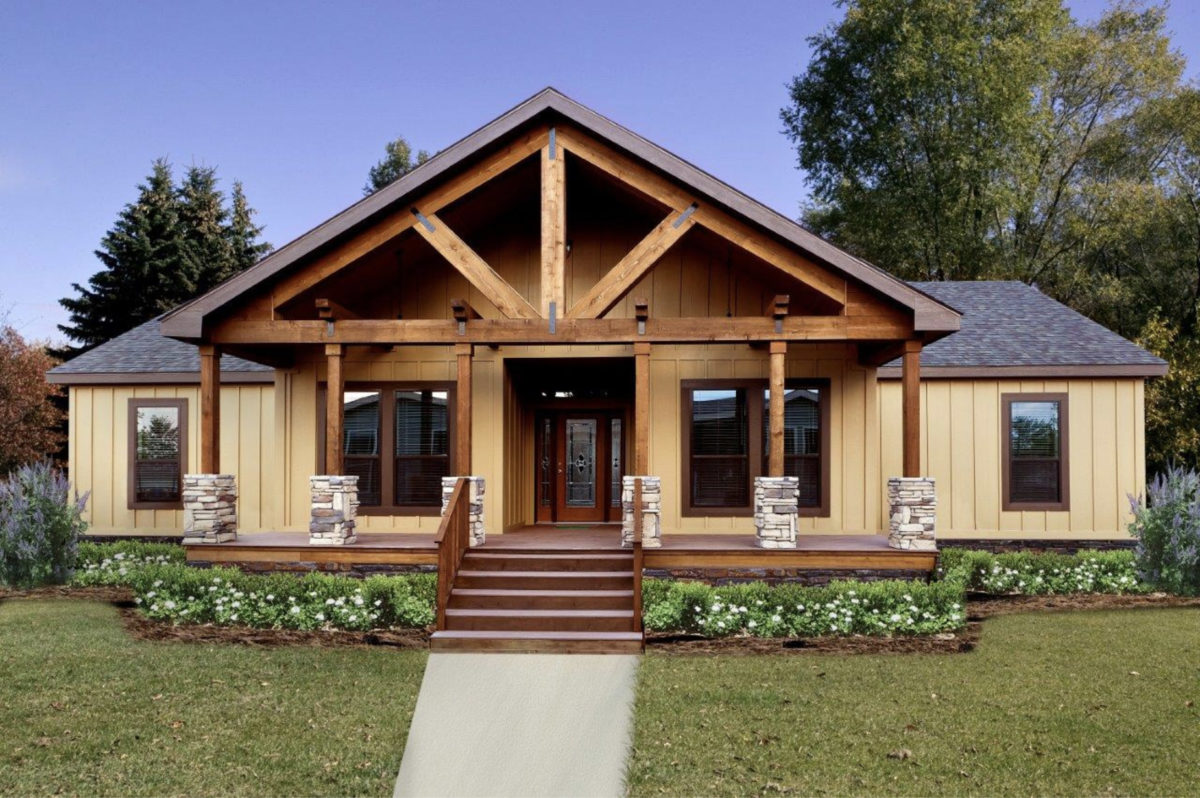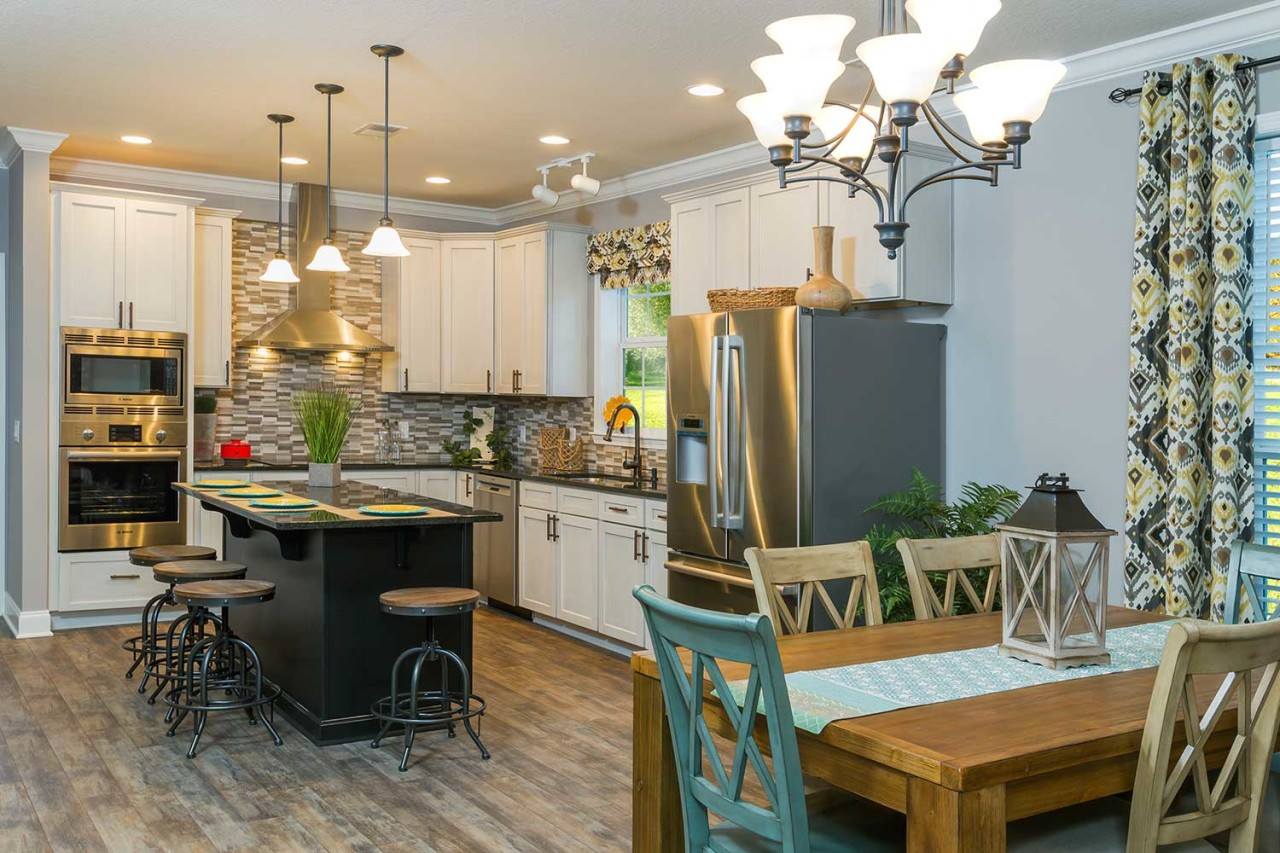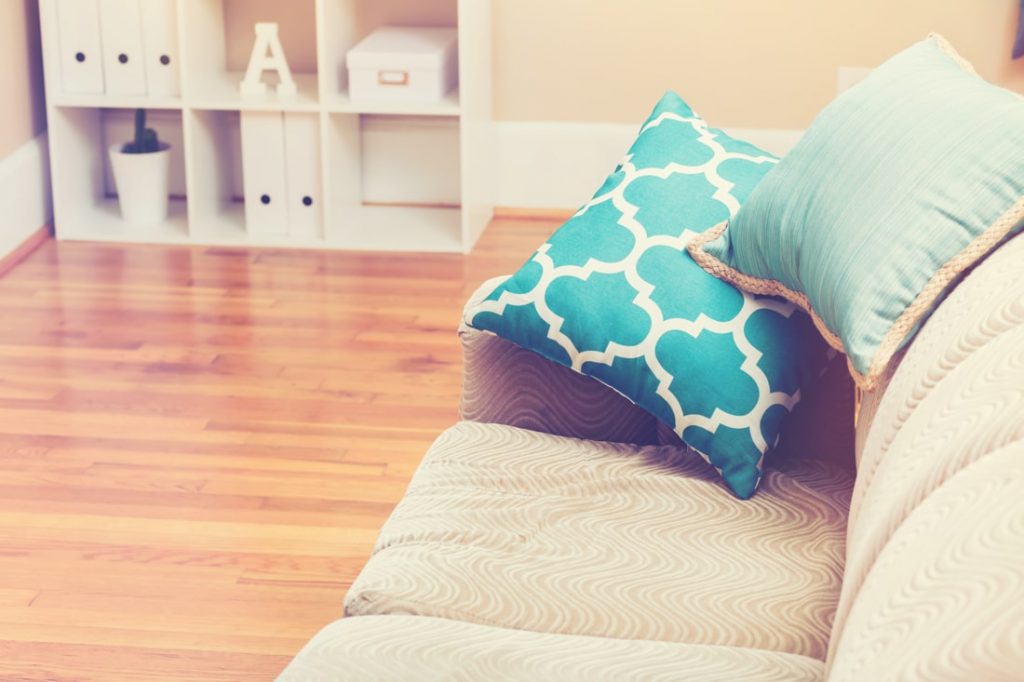
Everyone wants to be a homeowner, but not everyone is ideally positioned to purchase a traditional residence. As a viable and affordable alternative, many wannabe homeowners investigate and purchase manufactured homes, finding it the perfect way to get their foot in the door of their own home.
How Manufactured Homes Differ From Mobile or Modular Homes
The first point of possible confusion is how manufactured homes differ from mobile or modular homes.
Modular homes are erected on a permanent foundation and are made in sections in a warehouse or other indoor facility. Once completed, the components (the modular sections) are delivered to the building site, at which time the builder begins putting together the pieces and attaching it permanently to the foundation. Modular homes are not built to conform to federal housing construction standards (HUD), but instead are constructed to meet local and state building and safety codes.
At first glance, mobile homes may seem to be the same as a manufactured one, but there is an important difference that should not be overlooked when shopping for a manufactured home. Essentially, a constructed mobile home is a manufactured home built before June 15, 1976. The mobile home’s age concerns potential buyers, but these older structures had no safety or quality standards.
In comparison, manufactured homes built after June 15, 1976 must adhere to HUD safety and quality standards. Once completed, unlike modular homes, they are ready for occupation as soon as a plot of land has been prepared for it.
The Pros
There are more benefits to manufactured homes than being newer than mobile homes. One should consider the following:
Affordability
Individuals feeling priced out of the housing market discover manufactured homes for the perfect starter home. According to the Manufactured Housing Institute, owners of manufactured homes have a median household income of slightly under $30,000.
For those concerned that there is no market for manufactured homes or that they are unpopular will change their minds upon learning the following facts about manufactured homes:
- The average new manufactured home sales price is $70,600
- 22 million Americans in live manufactured homes
- Manufactured homes account for close to 10% of the entire housing inventory in America
- Manufactured homes account for 9% of new single-family home starts
- Square foot costs $49, compared to $107 for site-built homes (more than double!)
Structurally Strong
Thanks to the HUD code (adopted in 1976), manufactured homes are subjected to what many in the building industry consider the strictest certification process before earning the “red seal” which is permanently affixed to the structure. It is also the only federally-mandated building code, which requires the following standards:
- Construction
- Energy Efficiency
- Fire Safety
- Structural Design
- Transportation
Versatility
Another appeal to those starting out is the ability to begin with basic manufactured homes and add-on modules. Some find, as they are ready to own a permanently structured residence, their manufactured home can become a rental or visitor’s unit, paying for itself and a portion of the new home.
Finally, it can be relocated if it is on rented or leased property. This gives the homeowner extra options for any situation that may be temporary. Ideally, a homeowner owns the land.
Improved Designs

Modern manufactured homes are not your cookie-cutter structures that are identical homes to every other one. Modified exteriors and interiors suit each owner’s taste and style. Thus, making these homes as unique as any permanently structured house.
This means designing exteriors and roof lines that express your individuality, with custom bathrooms, kitchens, and appliances selected and installed at the direction and to the satisfaction of the homeowner.
Secure Manufacturing Environment
Unlike open-air home construction sites, by constructing manufactured homes in secure facilities, vandalism, theft, delivery delays, weather damage, and other common construction problems reduce. Additionally, construction waste reduces to a minimum and onsite materials rarely “disappear” overnight.
All of this results in significant savings, benefiting the manufacturer and resulting in exceptionally lower prices in comparison to on-site constructed homes.
Fast Turnaround
Another area in which manufactured houses run circles around permanent homes is the speed with which it can start and finish a purchase, and then install it onto a foundation. For those impatient types, the turnaround time can be as fast as 2 or 3 months. This is from the order of the manufactured home to the delivery and installation site. The last touch to the installation is the utility hookup, after which a complete home awaits its new family to make their own.
High Quality
Thanks to HUD, structurally sturdy and solid, and also energy-efficient and environment-friendly manufactured homes exist. This begins with a thorough insulating process that encompasses not only walls but also underneath the home, followed up with energy-efficient window installations, and an on-demand water heating system.
Some homeowners go all in and Energy Star certifies the home with the inclusion of energy-saving appliances, water-saving faucets and fixtures, and energy-efficient lighting.
The Cons
All good things have some drawbacks, but to the surprise and delight of manufactured home shoppers, they are fewer than one might imagine and may be easily overcome.
Land Availability and Cost
In some cases, finding available land providing necessary access and existing utility services can be challenging. When real estate shopping, restricted land plots for on-site construction exist.
Fortunately, due to their rising popularity and installations, along with alternate housing populating the country, these restrictions are easing.
The “Mobile Home” Stigma
Many people, when hearing the term “mobile home”, picture a trailer park in a sketchy area. However, invite them into a manufactured home and they will earn a new appreciation for innovative and affordable housing alternatives.
Some communities are actively encouraging the development of neighborhoods consisting of manufactured homes, precisely because of their affordability. This includes revising zoning requirements to accommodate the installation of manufactured homes. It is proving to be a trend with growing interest and support, so this stigma is already diminishing.
Financing Limitations
Unlike the standard constructed home, these homes may encounter some resistance or have extra requirements imposed by traditional lenders. For example, if the homeowner does not own the land. In that instance, this home is personal property instead of real, qualifying for a different type of loan.

